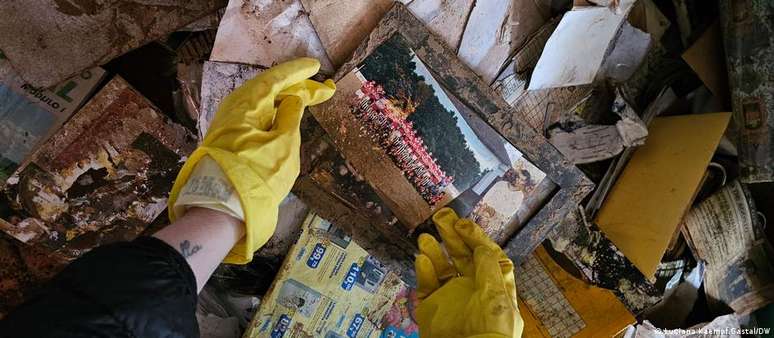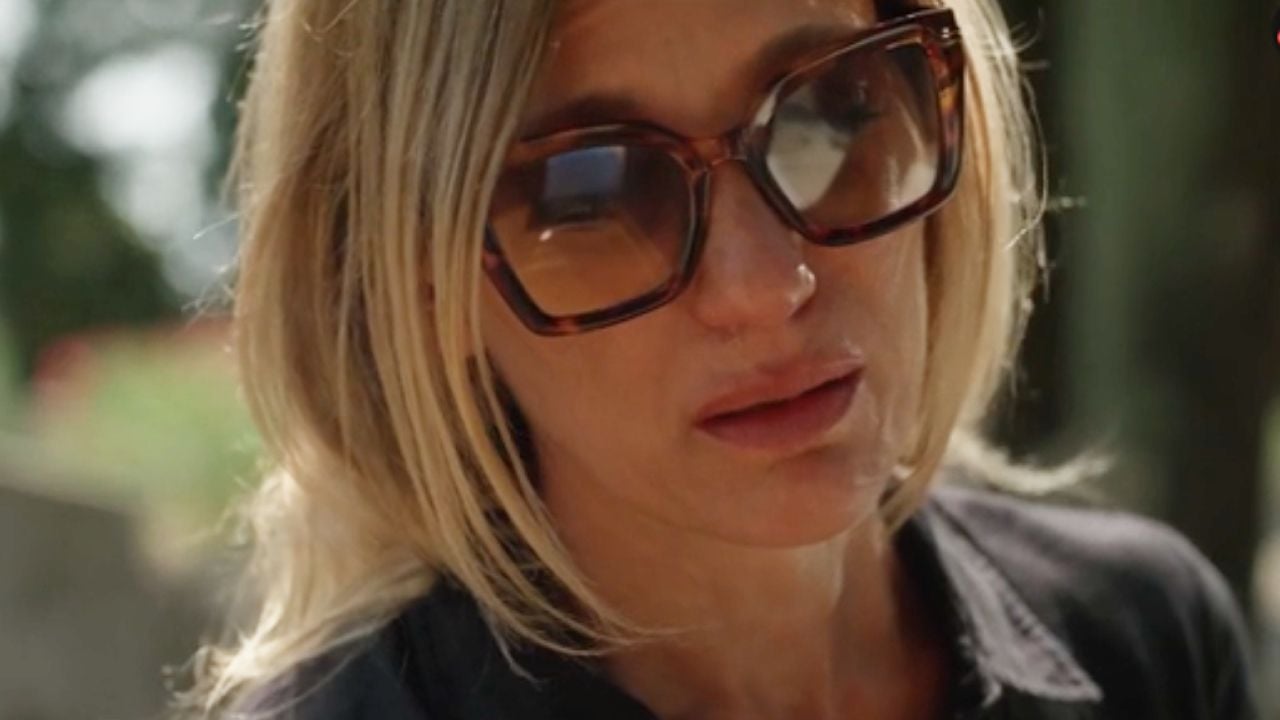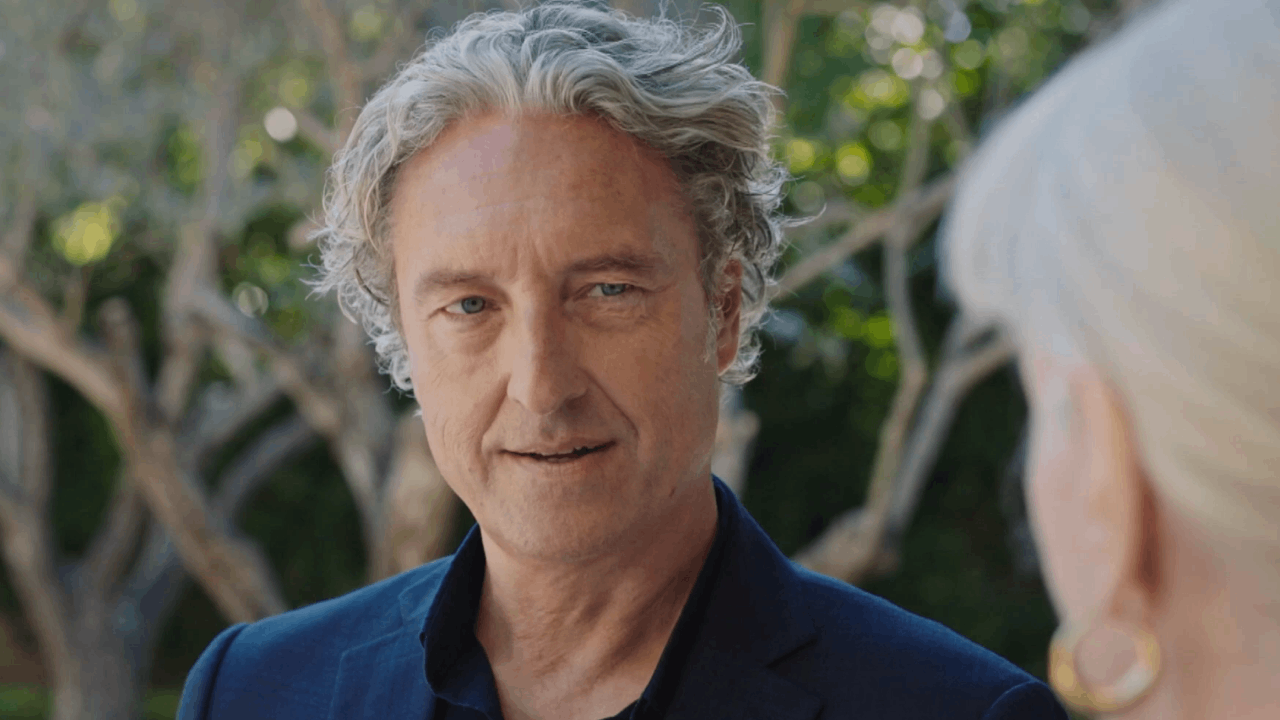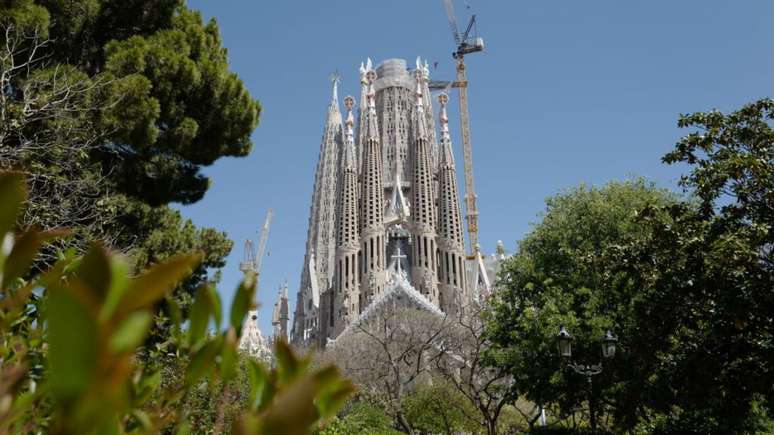As the waters recede, volunteers and those affected by the flood look for objects that bring stories and affection. “No one goes to look at the sofa, the TV, everyone runs to look for photos or some souvenirs. It’s unanimous: everyone”, reports Gustavo Oliveira, 27 years old, creator of a task force of volunteers in the city of Novo Hamburgo who helped clean houses affected by floods in Rio Grande do Sul, Limpa Novo Hamburgo.
More than material goods, the people affected by the tragedy lost spaces and objects that carried with them their identity and the meaning of their life. “One of the most surprising scenes we saw was that of a man who found his ring in the mess left by the water. As soon as he picked it up, he desperately put the ring back on his finger,” says Oliveira, who, with the group, he has already contributed to the cleaning of more than 60 homes.
Unlike the ring, many other objects filled with memories and feelings could not be saved. In the midst of many emergencies, saving memory is a concern for individuals and communities.
Oliveira reports that some photographs found by the families are severely damaged, making it difficult to identify their contents. “The photos are very blurry. There was a father who showed us photos of his children, but we could barely make out the children’s faces. But he talked about the image in absurd detail, as if it were possible to see it all. In his head still there you could see many things,” he says.
Many are paralyzed when they return to their homes and are confronted with the state of affairs. Artisan and communicator Luciana Gastal experienced this feeling of entering a place that once welcomed one’s family, tidy and welcoming, and seeing it destroyed. The house of her maternal grandparents – now deceased – in the town of Sinimbu, where she spent holidays as a child, was taken by water.
“The things from the kitchen were in the living room, the things from the bedrooms in the kitchen, all mixed up and in the dark. It’s very different when you’re inside, cleaning up your own mud, than when you’re outside, cleaning up other people’s mud. The my reference of home, home, family, was that house over there”, he reveals.
From the house Gastal says that all the furniture ended up in the garbage. He managed to save some photographs, his grandfather’s watch and his grandmother’s crocheted and embroidered canvases. “I managed to tear a page from a photo album that was dry, it was the photo of my uncles’ wedding. I gave it to my cousin, their daughter, who lost everything in the flood. A photo of my daughter with Grandma was covered in mud in the room. This touched me a lot.”
A close look at the rubble
When it comes to tidying up the house, those affected are often pressured to try to clean everything quickly and numb with emotion. Amid the chaos, it can be difficult to identify pieces and tools that could be restored. “For example, at my grandmother’s house there was an old piece of furniture that had beautiful handles. The piece of furniture was destroyed, but I could have picked up the handles, but they were covered in mud and I didn’t notice. But when you’re out cleaning. As a volunteer, you can better discern and help families tell that story later, even if it’s by saving an object, you know,” explains the entrepreneur.
Belief in the value and importance of small things has kept Gastal going. “When I looked at the street outside my grandmother’s house, it seemed that all the houses had become rubble, that I couldn’t save anything, but obviously I saved something, and that was very important at that time.”
Gastal spent two weeks in Sinimbu, cleaning not only the family’s home, but helping clean other people’s homes and restoring the memory of the town itself. “I went to the street and started walking. Every house had a mountain of garbage in front of it. I started collecting things from that garbage, because the patrol [máquina que faz a terraplanagem] He passed quickly and took everything away.”
Sinimbu is a city of 10 thousand inhabitants in the interior of the state, in the Rio Pardo valley, which was colonized by Germans and which maintains a tradition of work linked to the land. The water reached three meters high in the main streets of the city and all the houses, shops and other businesses in the central area were flooded.
Because of this size and the extent of the damage, Gastal fears the erasure of the city’s history: “All the history of the city was there inside those houses. There is no museum. It’s not someone who came from São Paulo to live there. Anyone from Sinimbu, grandfather was from Germany, it’s all very far away, so the story is about the objects that are there that will go to waste.”
The work of an ant
Together with her friends Viviane Rizzolo, a digital influencer, and Bettina Backes, a teacher, Gastal created a social media project titled “São Nossa Origens” to recover the assets of the affected families.
In the quiet town they searched for crockery, display cases, cabinets, beds, chairs, saints and religious objects. “In front of the school where my mother was a teacher, there were several old, good quality chairs and desks that were about to be taken away. I put together a beautiful science box, which must be about 60 years old. it’s also a lot of equipment. We have collected very valuable things,” he says, “we will put them in order and return them to the school in the future.”
The group uses social media to attract needed help, such as carpenters, cleaning volunteers and all kinds of professionals who can help restore the items.
The idea is to return the restored objects if the owners are found and donate some found objects, such as tables, chairs, beds, to the neediest population. “We already donated some things that we were taking out for those who were there and had lost everything,” Gastal points out.
Write new stories
The group realized that perhaps a significant part of the story had indeed been lost when the water swept away such a small town, but that, from then on, it would be possible to write new stories as well. What was extracted could become an important element for the houses that will be rebuilt.
“I see a lot of love in these things. Soon a colorful kettle that we collected from the garbage could become a flower vase and bring life to a home,” says the craftsman.
Source: Terra
Rose James is a Gossipify movie and series reviewer known for her in-depth analysis and unique perspective on the latest releases. With a background in film studies, she provides engaging and informative reviews, and keeps readers up to date with industry trends and emerging talents.







